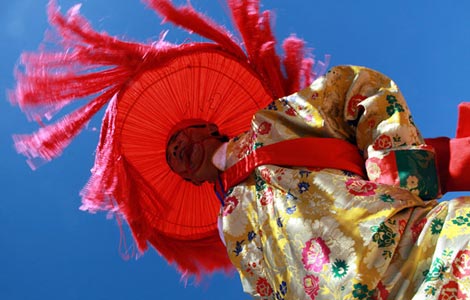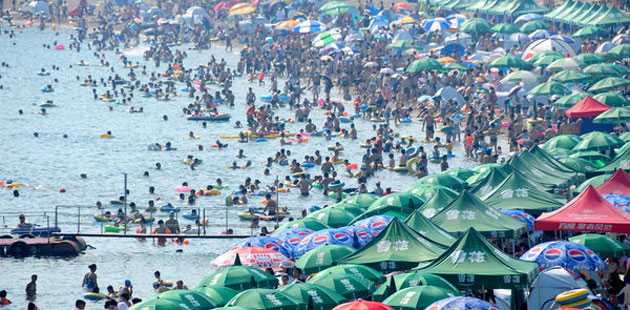About Palace Museum
Updated: 2011-08-26 17:04
(chinadaily.com.cn)
|
|||||||||||
Located in the center of Beijing, the Palace Museum, historically and artistically one of the most comprehensive museums in China, was established on the grounds of Forbidden City, a palace of the Ming and Qing dynasties and their collection of treasures.
Built in 1406 to 1420, the Forbidden City is nearly 600 years old. As the world's largest surviving palace complex, it covers an area of about 720,000 square meters -- 961 meters by 760 meters.
The well-designed palace appears magnificent, solemn and harmonious, representing the long cultural tradition of China and its outstanding architectural accomplishments of five centuries.
After being home to 24 emperors - 14 from the Ming Dynasty and 10 from the Qing Dynasty - Forbidden City ceased being the political center of China in 1912 with the abdication of Puyi, the last emperor of China.
In 1924, the imperial family of the Qing Dynasty was removed from Forbidden City, and the Palace Museum was established there in 1925.
The Palace Museum is China's largest museum. According to a 28-volume inventory published in 1925, the treasure trove left by the Qing numbered more than 1.17 million items.
In 1933, the Japanese invasion of China forced the evacuation of the national treasures from Forbidden City.
For four frantic months between February and May 1933, the most important pieces in the collection were packed into 13,427 crates and 64 bundles and sent to Shanghai in five batches. From there they were dispatched to Nanjing, where a depository was built and a branch of the Palace Museum established.
In 1938, the treasures were moved again, this time by three routes to Sichuan, where they were secreted in three locations, Baxian, Emei and Leshan. Only at the end of the war were they consolidated in Chongqing, from where they were returned to Nanjing in 1947.
Between the end of 1948 and the dawn of 1949, the Nationalists picked relics to fill 2,972 crates for shipping across the Taiwan Straits.
After 1949, the museum conducted a new audit as well as a thorough search of the Forbidden City, uncovering a number of important items. In addition, the government moved items from other museums around the country to replenish the Palace Museum's collection. It also purchased and received donations from the public.
The Forbidden City was declared a World Heritage Site in 1987 and is listed by UNESCO as the largest collection of preserved ancient wooden structures in the world.
Hot Topics
Anti-Gay, Giant Panda, Subway, High Speed Train, Coal Mine, High Temperature, Rainstorm, Sino-US, Oil Spill, Zhu Min
Editor's Picks

|

|

|

|

|

|







